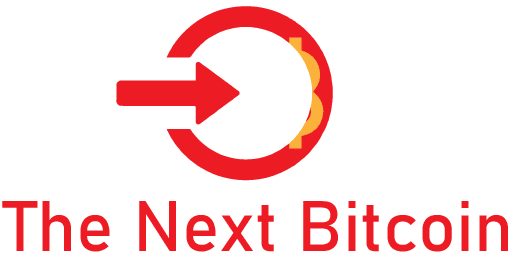In recent years, the surge in popularity of cryptocurrencies and virtual non-fungible tokens has been widely covered by the media. However, only some people may realize how these smart technologies are related to a larger concept known as Web3, which some are promoting as the next evolution of the internet.
Numerous misunderstandings revolving around this trendy (and somewhat unclear) expression, including the confusion between Web3 and Web 3.0. Below are the essential details you should be aware of regarding these concepts.
More about Web3
Due to its ongoing development, there has yet to be a consensus among specialists about the exact meaning of Web3. However, in simple terms, Web3 is anticipated to be a decentralized internet ecosystem that enables users to circumvent online intermediaries and maintain control over their information.
The implementation of this concept would involve the use of blockchain technology. Instead of depending on individual servers and centralized databases, Web3 would operate on distributed public ledgers, where data is stored on interconnected computer networks.
The decentralized nature of Web3 would bring about a fundamental transformation in the functioning of the internet, rendering financial institutions and tech companies obsolete as intermediaries in our online interactions.
The blockchain-based infrastructure of Web3 would create exciting opportunities by introducing the token economy era. The token economy would enable users to monetize their data by receiving tokens in exchange for online activities.
Users could reap benefits from these tokens, including owning a stake in content platforms or having the right to vote in online communities. Gaining a better grasp of Web3 requires taking a step back and examining the evolution of the internet to its current state.
About Web 1.0
Tim Berners-Lee, a computer scientist, was acknowledged as the designer of the World Wide Web in 1989. This invention facilitated the hyperlinking of static information pages on websites that could be accessed through internet browsers.
Berners-Lee sought more effective methods for researchers from various organizations to exchange information. As a result, he introduced the first website globally in 1991, which offered guidelines on utilizing the internet.
These initial read-only websites were overseen by web admins who kept users informed and managed information. In 1992, there were ten websites in existence. However, by 1994, after the web became publicly accessible, the number had increased to three thousand.
Google made its debut in 1996 when there were only two million websites. In 2022, the number of websites had grown to over one billion, but only 18 percent of these sites are estimated to remain active.
About Web 2.0
The subsequent significant transition for the internet involved evolving from a read-only to a read-write web, its current state. Websites became more interactive and dynamic, and individuals became prominent contributors to content creation through hosted services such as Wikipedia, Tumblr, Flickr, and Blogger.
Later on, social media networks such as Twitter, YouTube, Facebook, and Instagram, alongside the expansion of mobile applications, resulted in unprecedented connectivity, albeit through separate platforms. These platforms are called walled gardens because their parent organizations strictly govern user actions, and information is not shared among competing services.
Differences between Web 3 and Web 3.0
Web3 involves a shift towards a blockchain-based, decentralized internet. Contrarily, Web 3.0 can be traced back to Berners-Lee’s initial vision for the internet: a network of linked websites functioning at the data level.
The present-day internet can be likened to an enormous document warehouse, where computers can retrieve data in response to our queries but cannot comprehend the underlying significance of those requests.

